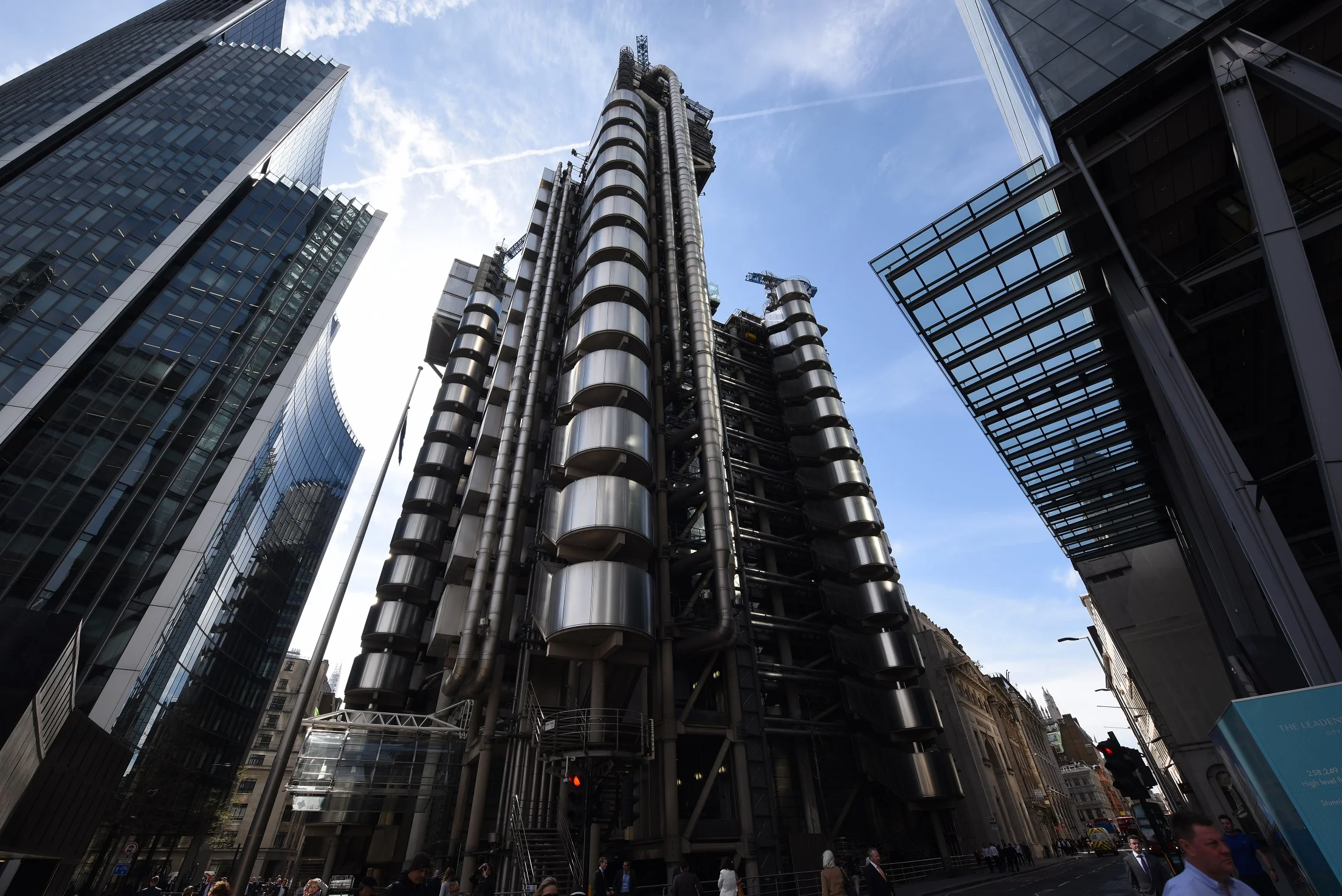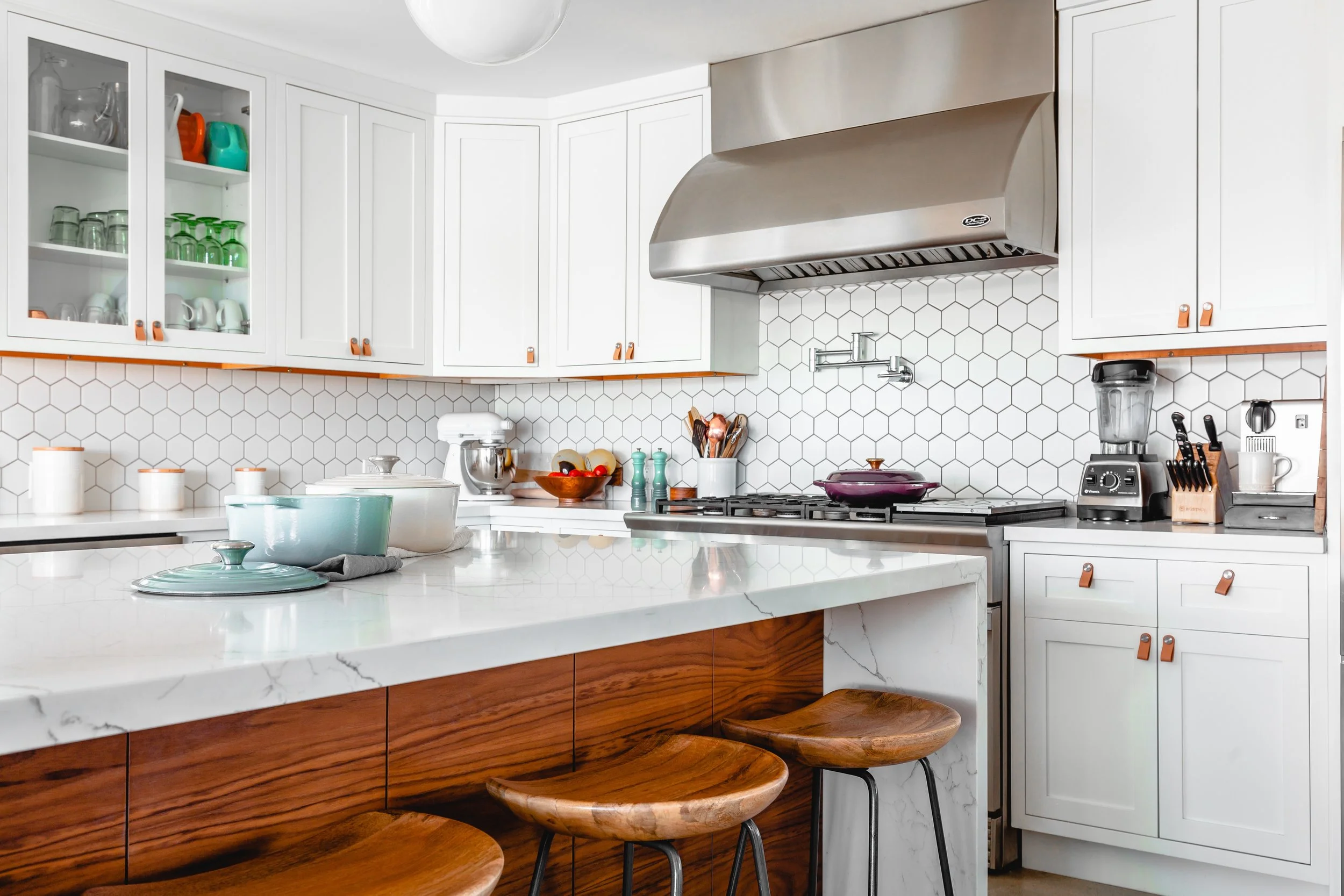
Blog
The architecture we love most in London
The Lloyds Building
London’s architecture gets more diverse each year. Not only does the city have an incredible set of historical buildings, but over the centuries developers have added prime examples of all architectural periods.
Today, the city is welcoming cutting edge design from architects around the world. Here’s our take on a few of the most impressive buildings from the last few decades. The list could be endless, but it gives a flavour of the influences we draw from on for our projects.
Westminster Tube Station
Westminster Underground Station
We’re specifically talking about the deep-level station, which involved the deepest ever excavation in central London to make way for the Jubilee line platforms. It finally opened nearly 20 years ago in December 1999 and commuters have been marveling at the engineering excellence ever since.
In 2015, Londoners voted the station to be one of their top ten transport design icons. It is certainly one of the more pleasant stations to use, providing a far more modern experience than other stations with its use of concrete and stainless steel.
The Shard
Love it or hate it, it’s hard to talk about London’s architecture without mentioning The Shard. Europe’s tallest building dominates the city’s skyline, towering over other notable skyscrapers such as the Walkie Talkie the Cheese Grater.
The viewing gallery has been drawing visitors in their thousands and the office floors are finally filling up. Though the building isn’t to everyone’s taste, there’s no doubting The Shard’s impact on its surroundings.
London Aquatics Centre
Built for the London 2012 Olympics and designed by Pritzker Prize-winning architect Zaha Hadid, the London Aquatics Centre is impressive both inside and out. On the inside, swimming in the 50-metre pool underneath the vast roof gives a unique experience while on the outside, the swooping roof almost defies logic.
Another reason we love the building is its flexibility. The floor of the pool can be moved to alter its depth while moveable booms allow its size to be changed. Flexibility is highly desirable in today’s architecture.
Tate Modern
Tate Modern
The transformation of a disused old power station into one of the world’s most renowned art galleries has been impressive. It takes real vision to turn such a solid piece of architecture into such an eye-catching facility.
The new wing, added in 2016, extended the existing structure in such a way that has made the building more iconic than ever. It was billed as the UK’s most important new cultural building since the British Library and has panoramic views of the city.
The Lloyd’s Building
Designed by Richard Rogers, The Lloyd’s Building in the City of London took eight years to build. Set in such a historic location, the building has had a real impact with its theatrical central atrium and escalators.
For 1986, the concept of putting ducts, vents and stairwells on the outside rather than hidden away was groundbreaking. It’s no surprise that The Lloyd’s Building was recently awarded Grade I listed status.
Art deco is back in town
We’ve gathered together some examples of outstanding art deco buildings around the world to fuel our clients’ imaginations.
The Chrysler Building
Art deco might be almost 100 years old, but today it is yet again capturing our hearts. The architectural style is creeping into our homes and commercial buildings, bringing a touch of nostalgia to even the most modern properties.
We’ve gathered together some examples of outstanding art deco buildings around the world to fuel our clients’ imaginations. We expect to see more elements of this style enter designs over the coming year.
Chrysler Building, New York, USA
The USA has many outstanding art deco skyscrapers, but the Chrysler Building is probably one of the most well-known art deco buildings in the world. Its tower takes centre stage in the New York skyline and has influenced the design of countless properties, both residential and commercial.
The building was the first structure to top 1,000 feet, completed in 1930, though it only held this title for 11 months before it was beaten by the Empire State Building.
Eden Teatro, Lisbon, Portugal
The Eden Teatro in Lisbon was designed by Cassiano Branco and opened in 1931. It was used as a cinema between the two world wars but was closed in 1989. In 2001 it reopened as the Orion Eden Hotel.
The building features an impressive façade and a stone frieze depicting a performing actor. Though no longer a theatre, the beautiful example of art deco design still dominates the main city square Praca dos Restauradores.
Los Angeles City Hall
Unsurprisingly, this iconic building has been used in films and TV programmes since the 1950s. It is a striking example of art deco architecture, completed in 1928 by three leading LA architects.
The design of the tower itself draws on another architectural style; it was modelled on Turkey’s Mausoleum at Halicarnassus, one of the seven wonders of the ancient world. It remained LA’s tallest tower until 1964 as it was ruled that no building in the city could exceed it until that point. Today, visitors enjoy the observation deck on the 27th floor.
Palais de Tokyo, Paris, France
We can’t talk about art deco without a nod to the city where the style was invented. The Palais de Tokyo was built in 1937 for the Paris International Exhibition dedicated to art and technology in modern life and today houses one of the widest centres for contemporary art in Europe.
Like much art deco architecture, the lavish design of the Palais de Tokyo draws on influences from different periods in history. We particularly love the open portico structure and sculptured figures, reminiscent of Ancient Greece.
The Daily Express Building
The Daily Express Building, London
The Daily Express Building loses the white and sandstone of many other art deco buildings, instead standing out as an example of the style’s love of smooth, black lines. Completed in 1932, the building was built as the headquarters of the Daily Express newspaper. At the time, it was a stark contrast to its neighbouring buildings on Fleet Street.
A stand-out feature of the building is its cladding, black vitrolite panels bordered by chromium strips. Even today, the smooth edges mean the building stands out from its surroundings.
Our clients’ top interior design trends
Mayer Construction works on a range of super prime properties, both residential and commercial, and every day we work with new designers and architects who are full of good ideas. Here are a few that stand out.
We’re more than halfway through the year, so now is a good time to see which interior design trends have been putting down roots in 2019.
Mayer Construction works on a range of super prime properties, both residential and commercial, and every day we work with new designers and architects who are full of good ideas. Here are a few that stand out.
Let nature in
A top design trend continues to be the theme of nature and natural materials. Wood has made a big comeback so far in 2019, influenced by Scandinavian design that we continue to love. From natural floors and cupboard doors to bespoke light fittings and speakers, people are being drawn to its warming, soft qualities.
Wood is being accompanied by more plants and plant-based prints. Some are going even further and approaching biophilic design, a concept that focuses on human’s innate attraction to nature.
Our love of retro continues
By retro, we refer to the re-emergence of design trends from the mid-century to the 1970s. From the simple, smooth lines that permeated homes in the 1950s to the colour palettes of the 1970s, we still can’t get enough of these eras.
In particular, mustard continues to be the colour of choice and velvet the material of choice. Geometric prints are taking centre stage in rooms as a feature wall, while designers are experimenting by combining fabrics of different textures. Smooth wood lies against thin metal designs, satisfying even the most nostalgic of occupiers.
All that glitters
For some time, design influencers have shied away from overly glitzy materials or products. Showy has certainly not been in fashion. This year, however, there has been a return to understated glamour. Luxury materials such as marble and pewter have found their way back into many rooms, from kitchens and bathrooms to bedrooms.
Metallics play a crucial role in the understated glamour thread, though are often more matte than shiny. The overall effect is that of luxury, rather an opulence, although a select item of unrestrained glamour can act as a centre piece for a room, such as an ornate light fitting or table. Think cocktail cabinets, drinks trolleys and a velvet chaise lounge.
Hidden hi-tech
As more technologies emerge to help us live as seamless a life as possible, the less likely we are to see it. Connected systems no longer need to be the enemy of curated design. Today, it is possible to have a highly connected, smart home with no wires or controls on display.
From custom-built speakers that mould around a room’s contours, to a hidden control board or disguised projection screens – anything is possible. For those with space, one way to incorporate technology into a luxury residence is to create a shape-shifting room. At the touch of the button, a swimming pool becomes a dance floor.
Sustainability
Our growing concerns for the environment are finding their way into all aspects of our lives. As developers increase their interest in sustainable construction methods, the design and fit out of our homes and commercial properties are equally under scrutiny.
Many high-end designers are looking to incorporate recycled materials or items made from producers who operate under a zero-waste policy or aim to achieve zero carbon emissions. More and more technologies are emerging that allow us to reduce the operating impact of our homes. Expect these to play an increasingly pivotal role in the wider design.











